
In today's competitive business landscape, understanding customer behavior, preferences, and shopping patterns has become essential for staying ahead. Location data, particularly the geographic placement of retail stores, has emerged as a valuable resource. Businesses can gather detailed information on retail store locations, competitor analysis, and potential market opportunities by employing location data scraping. This article explores how retail store location data scraping can revolutionize business insights, fueling strategies in marketing, expansion, and customer engagement.
What is Retail Store Location Data Scraping?
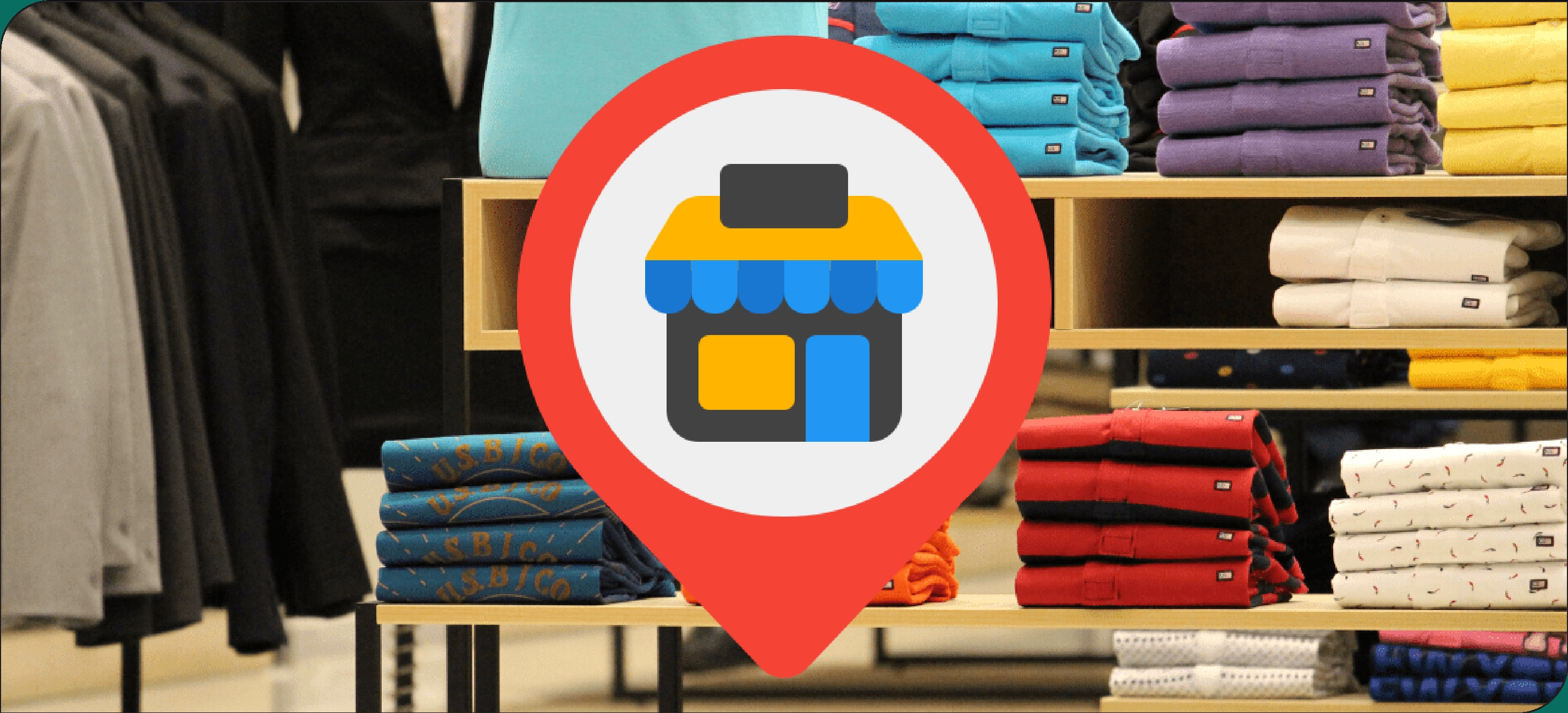
Retail store location data scraping is extracting location-related information about retail outlets from online sources, such as websites, social media, and mapping platforms. This data might include store addresses, opening hours, customer reviews, sales information, and geographical coordinates. By aggregating this information, businesses can create a comprehensive dataset of retail locations and competitor positioning in real-time.
With the rise of accessible tools and platforms, companies can Scrape Stores Location Data to obtain such valuable information legally and ethically, provided they adhere to the terms of service and data usage policies of the sources they collect from. This data helps businesses analyze the spatial and demographic dynamics influencing their industry and adapt accordingly.
Benefits of Retail Store Location Data Scraping
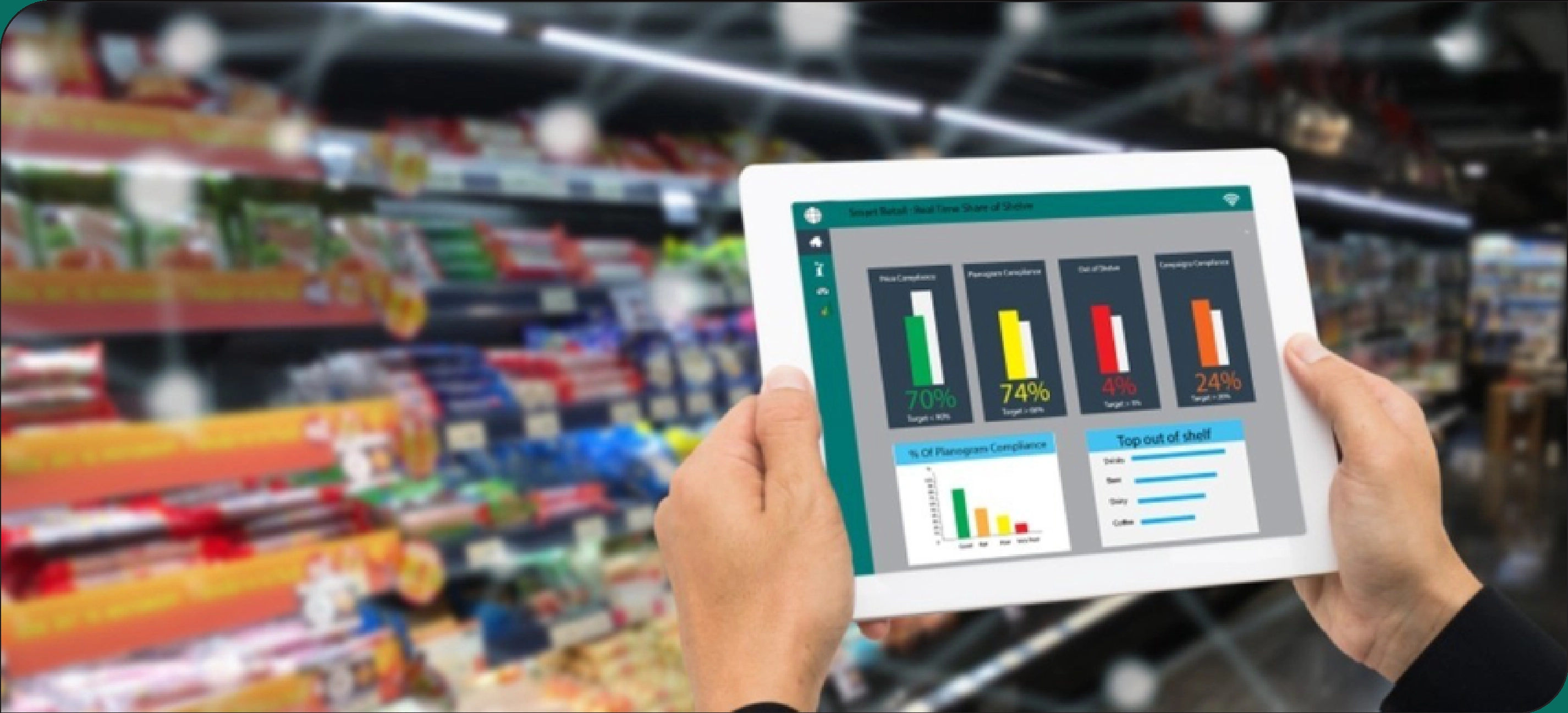
There are numerous advantages to retail store location data extraction, making it a critical tool for business intelligence. Here are a few transformative benefits it offers:
a. Enhanced Competitor Analysis
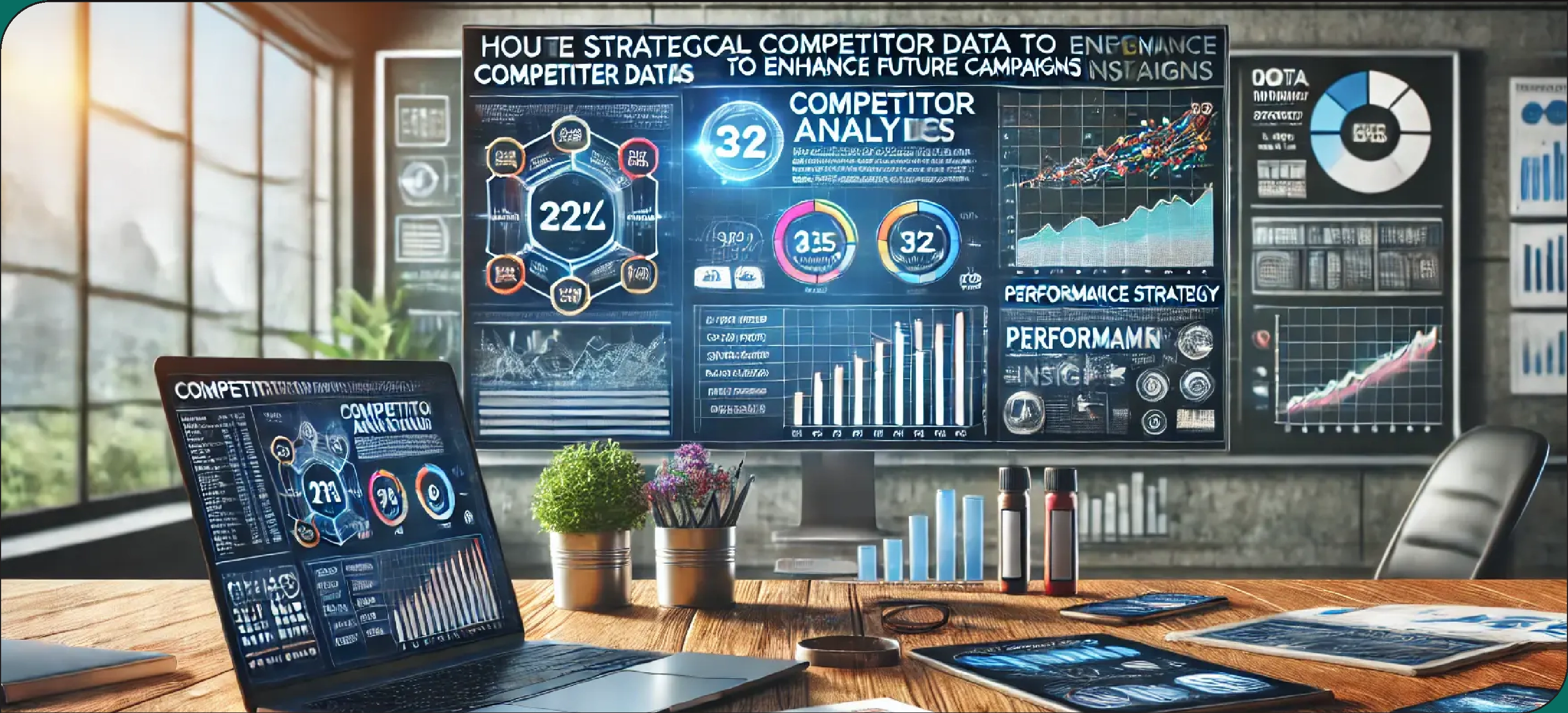
By extracting retail location data, businesses can gain insights into competitor density in a particular area. Knowing where competitors are located helps identify market saturation, optimal locations for new stores, and areas with potential demand gaps. Competitor analysis through location data allows companies to make informed decisions on store placements and strategic positioning, giving them a competitive edge.
b. Improved Customer Targeting
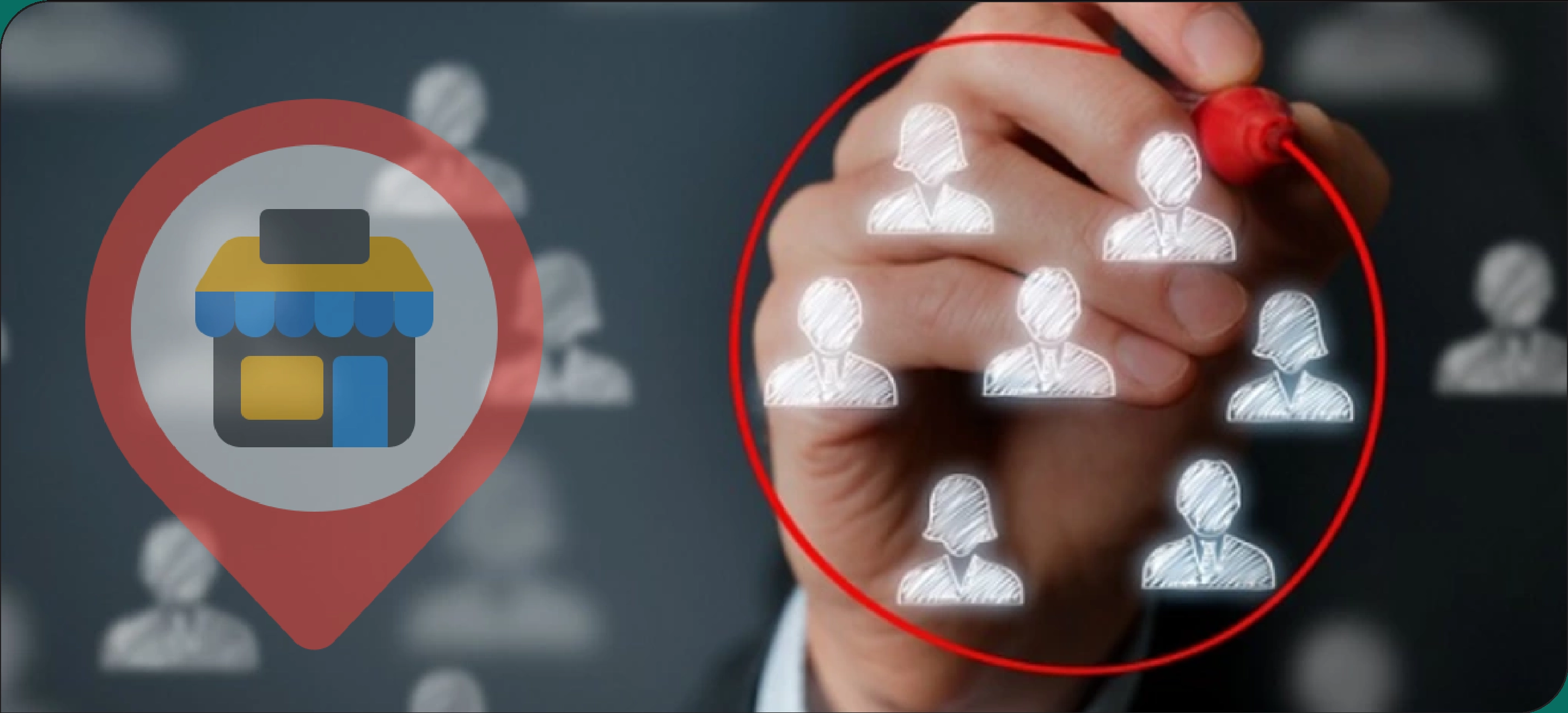
Retail location data scraping services enable companies to analyze store locations about demographic information. By understanding where competitors operate and the customer demographics in those areas, businesses can tailor marketing campaigns to target the right customer segments. This localized approach improves customer engagement and enhances the chances of converting potential customers into loyal patrons.
c. Optimization of Supply Chain and Inventory
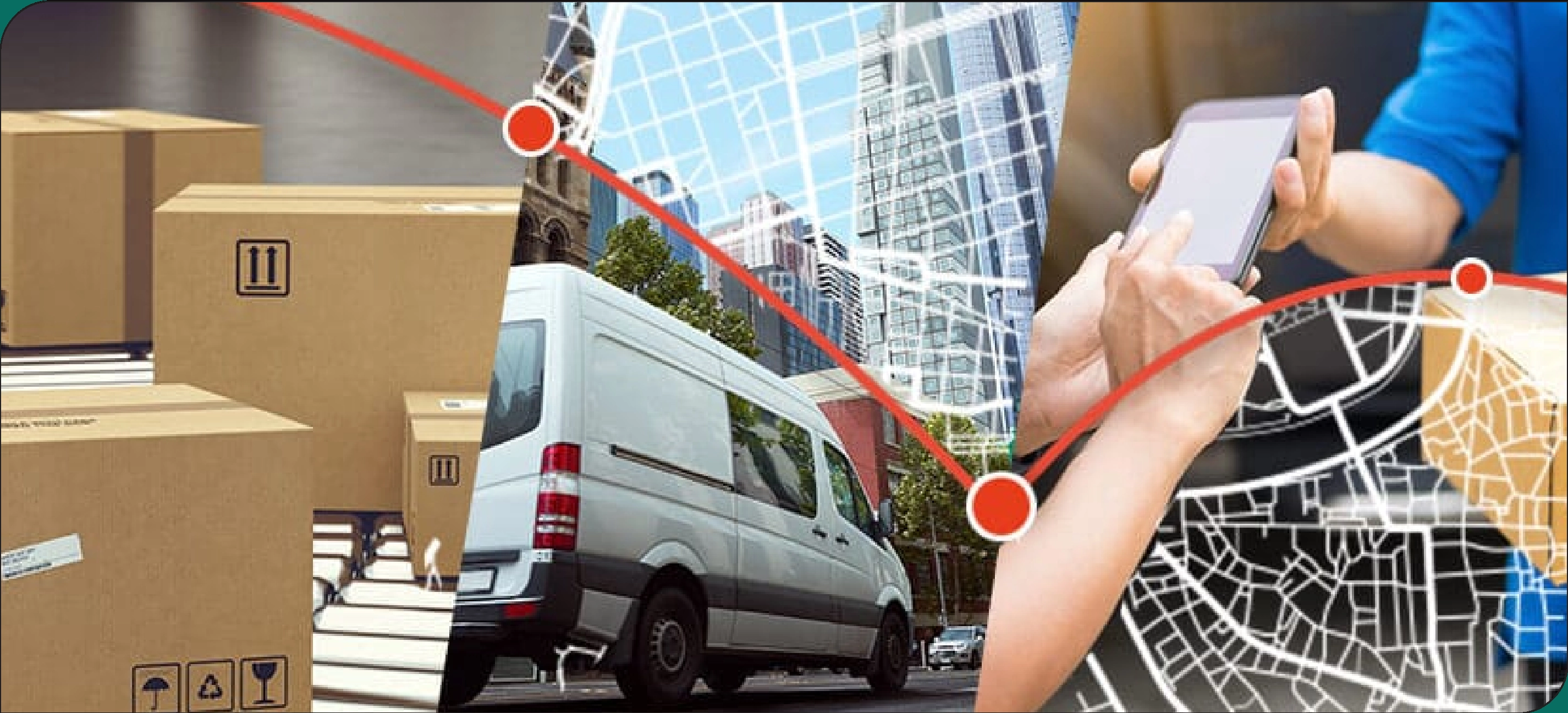
Knowing nearby competitors and market demand helps businesses optimize their supply chains. Companies can analyze the geographic distribution of stores and identify high- demand areas to avoid stockouts and maintain an efficient inventory. Additionally, retailers can streamline distribution routes by strategically planning warehouses or fulfillment centers based on proximity to high-density retail locations.
d. Identification of Market Expansion Opportunities
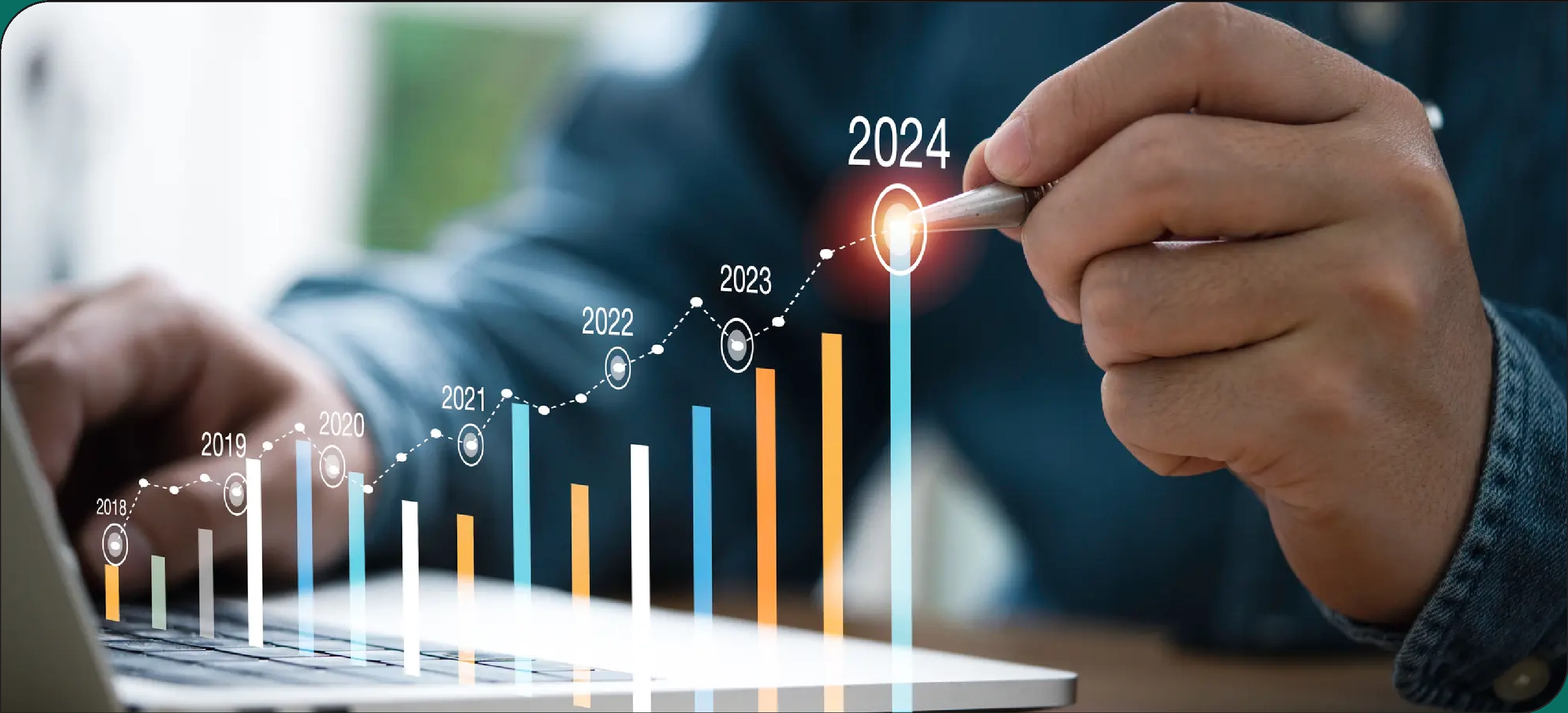 open new stores and expand their reach. Retailers
can evaluate multiple potential locations to determine where the highest concentration of
the target customer base and the lowest level of competition is.
open new stores and expand their reach. Retailers
can evaluate multiple potential locations to determine where the highest concentration of
the target customer base and the lowest level of competition is.
How Does Retail Location Data Influence Strategic Decision-Making?
Retail location data is critical in strategic decision-making, providing insights into customer behavior, competitor positioning, and market demand. Businesses can optimize site selection, tailor marketing efforts, and enhance operational efficiency by analyzing this data.
a. Site Selection and Real Estate Investment
Retail location data provides actionable insights into site selection, aiding in the decision- making process for real estate investments. Businesses often look for high foot traffic areas, proximity to transportation hubs, or locations within commercial centers to open new stores. Location data can indicate real estate trends, popular neighborhoods, and potential growth areas, enabling companies to make data-driven decisions in leasing or purchasing properties.
b. Regional Marketing Campaigns
With retail store location data, businesses can implement localized marketing strategies. For instance, by knowing store locations relative to customer demographics, retailers can design campaigns tailored to the preferences and needs of a specific region. Location data allows for hyper-targeted advertising and event planning, ensuring that marketing initiatives resonate with local customers and have a higher impact on engagement and sales.
c. Enhanced Understanding of Customer Foot Traffic
Analyzing location data helps retailers understand foot traffic patterns around their stores. Businesses can assess potential cross-traffic by scraping data on nearby competitors and complementary businesses (such as cafes near bookstores or gyms near health stores). Insights into customer movement can help retailers adjust business hours, staffing, or promotional strategies to capture more traffic during peak times.
Transforming Customer Experience with Location Data
Leveraging location data can transform customer experience by enabling personalized recommendations, real-time promotions, and location-based loyalty rewards. This targeted approach deepens customer engagement, enhances satisfaction, and encourages repeat visits, creating more meaningful connections between customers and brands.
a. Personalized Customer Recommendations
Businesses can offer personalized recommendations by correlating store location data with customer preferences. For instance, retail apps can send notifications about exclusive in- store events or new arrivals at the nearest outlet. Leveraging proximity data to engage customers with personalized messages enhances their shopping experience and encourages repeat visits.
b. Real-Time Promotions and Discounts
Retailers can use store location data to offer real-time discounts and promotions. When customers are near a specific location, businesses can trigger push notifications or text messages with exclusive offers, motivating them to visit the store. Retailers can also analyze the effectiveness of these real-time campaigns by examining foot traffic patterns in response to promotions.
c. Loyalty Programs and Local Events
Location data allows businesses to customize loyalty programs based on customer location. Retailers can organize events or workshops at specific stores or provide location-based rewards for frequent visits. For example, customers who frequently shop at a particular location could receive targeted loyalty incentives, fostering a stronger customer relationship and increasing the likelihood of store visits.
Leveraging Competitor Data for Market Positioning

Location data scraping can also extend beyond a company's stores to include competitor data, which offers valuable insights for positioning strategies:
a. Identifying Potential Threats and Opportunities
Understanding where competitors are located helps businesses identify potential threats and areas of opportunity. For instance, a competitor recently opened multiple stores in a region, which could indicate a trend or emerging demand. By staying updated on competitor expansions, businesses can act proactively by establishing their presence in the same region or targeting other untapped areas.
b. Price Comparison and Product Range Analysis
Retailers can collect location-based data on competitor pricing and product availability. By understanding the pricing and product strategies in different locations, businesses can refine their offerings and adjust prices competitively. They can also stock products that competitors lack in certain locations, attracting customers seeking specific items unavailable elsewhere.
c. Enhancing Customer Perception with Differentiation
Location data analysis helps retailers differentiate themselves by avoiding oversaturation in high-competition areas. For instance, if a particular type of store is typical in an area, a business might emphasize unique products or experiences to stand out. Analyzing competitor location data enables retailers to position themselves as distinct and create a unique brand identity that resonates with local customers.
Technological Tools and Techniques for Retail Location Data Scraping
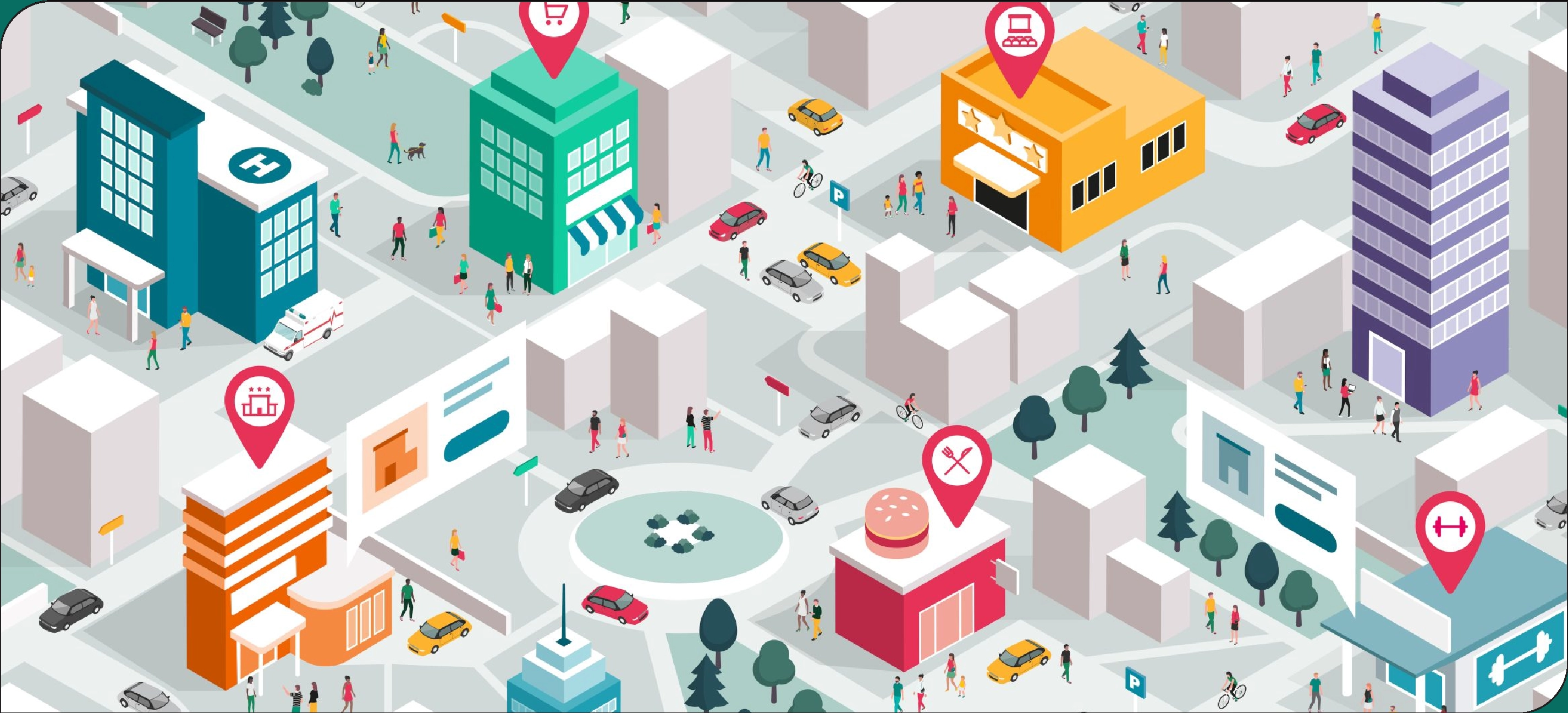
Numerous tools and techniques can assist businesses in scraping retail location data:
- Web Scraping Software: Tools like BeautifulSoup, Scrapy, etc., can automate extracting data from competitor websites, mapping platforms, and online directories.
- APIs and Mapping Platforms: Platforms like Google Maps, Foursquare, and Yelp offer APIs that provide access to location data and customer reviews. Businesses can use these APIs to gather detailed information on retail store locations and customer experiences.
- GIS (Geographic Information System) Analysis: GIS software allows businesses to analyze spatial data, helping them visualize patterns and gain insights into location- based factors that impact business performance.
- Data Visualization Tools: Tools like Tableau and Power BI enable businesses to visualize location data, making it easier to identify trends, patterns, and strategic insights for decision-making.
Ethical and Legal Considerations in Location Data Scraping

While location data scraping offers valuable business insights, companies must ensure they operate within ethical and legal boundaries. They should prioritize user privacy and comply with data protection laws such as GDPR. It's crucial to use data sources with clear service terms and avoid scraping personal information. By maintaining transparency in data collection, businesses can harness the power of location data while respecting privacy rights.
Conclusion
Retail store location data scraping has the potential to transform business insights by offering a detailed view of market dynamics, customer preferences, and competitive landscapes. From optimizing site selection and supply chain efficiency to creating personalized marketing campaigns, location data can fuel various strategic initiatives that drive growth. As technology evolves, retailers have more access to sophisticated tools that can help them gather, analyze, and apply location data effectively. By integrating location data into their decision-making processes, businesses can improve customer engagement, enhance operational efficiency, and stay ahead in an increasingly competitive market.
Transform your retail operations with Retail Scrape Company's data-driven solutions. Harness real-time data scraping to understand consumer behavior, fine-tune pricing strategies, and outpace competitors. Our services offer comprehensive pricing optimization and strategic decision support. Elevate your business today and unlock maximum profitability. Reach out to us now to revolutionize your retail operations!
